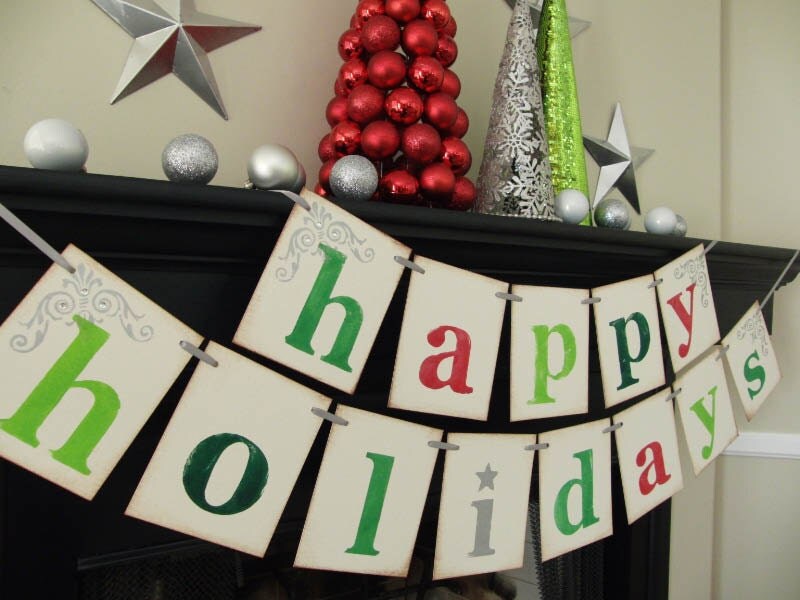In the past year, Owen has learned that he can reach almost anything using his handy-dandy step stool. Needless to say, each subsequent holiday season has brought new challenges, especially surrounding safety. Last week, website HeatlhDay.com published Injuries Linked to Holiday Decorating on the Rise, in which they cite a US Consumer Product Safety Commission press release:
In November and December 2010, more than 13,000 people were treated in U.S. emergency departments for injuries involving holiday decorations, up from 10,000 in 2007, and 12,000 in 2008 and 2009, according to the U.S. Consumer Product Safety Commission (CPSC).
Rather than reinventing the wheel, below are some tips from within the article to help keep you and your family safe this holiday:
- If you buy a live tree, check it for freshness to help lower the odds of fire. A fresh tree is green, its needles are hard to pull from branches and its needles don't break when bent between your fingers. The bottom of a fresh tree is sticky with resin and the tree shouldn't lose many needles when it's tapped on the ground. Keep the tree well-watered and away from heat sources such as fireplaces, radiators and vents.
- If you buy an artificial tree, look for the label "fire resistant." While this does not mean the tree cannot catch fire, it is more resistant to catching fire.
- When decorating the tree with small children, don't use sharp, weighted or breakable decorations. Don't use trimmings that resemble candy or food, or trimmings with small removable pieces.
- Keep burning candles within sight and extinguish all candles before you go to bed, leave a room, or leave the house. Candles should be placed on stable, heat-resistant surfaces where children and pets cannot reach them or knock them over. Keep candles away from items that can catch fire and burn easily, such as trees and other evergreens, decorations, curtains and furniture.
- Use only decorative lights that have been tested for safety by a nationally recognized testing laboratory. Check new and old light sets for broken or cracked sockets, frayed or bare wires, or loose connections. Throw out damaged sets. Do not use electric lights on a metallic tree.
- Check extension cords to make sure they're rated for the intended use. Make sure outdoor lights have been certified for that use and plug them into a ground-fault circuit interrupter (GFCI)-protected receptacle or a portable GFCI.
- Be careful when using fire salts and keep them away from children. These products, which produce colored flames when thrown on wood fires, contain heavy metals that can cause gastrointestinal irritation and vomiting if swallowed.
- Don't burn wrapping paper in the fireplace. It could cause a flash fire as the paper ignites suddenly and burns intensely.
What have been your holiday safety challenges?
We hope that hiding your cookie stash from your little ones is the worst of your worries this holiday season. Here's hoping to many happy memories with you and your family!


No comments:
Post a Comment